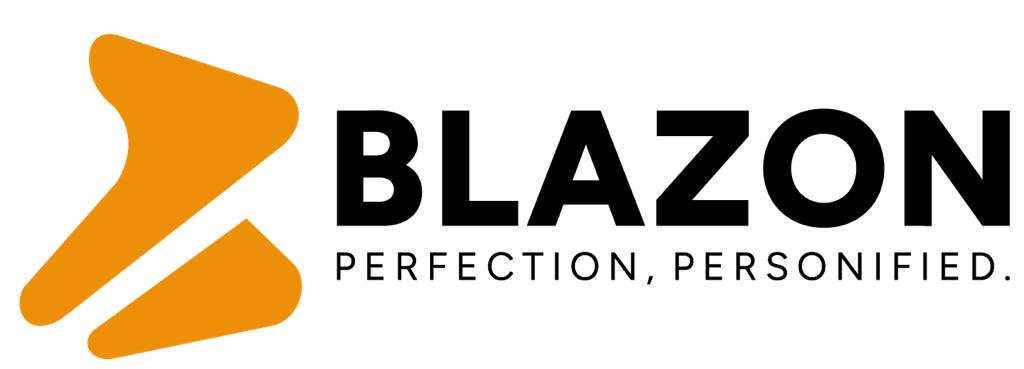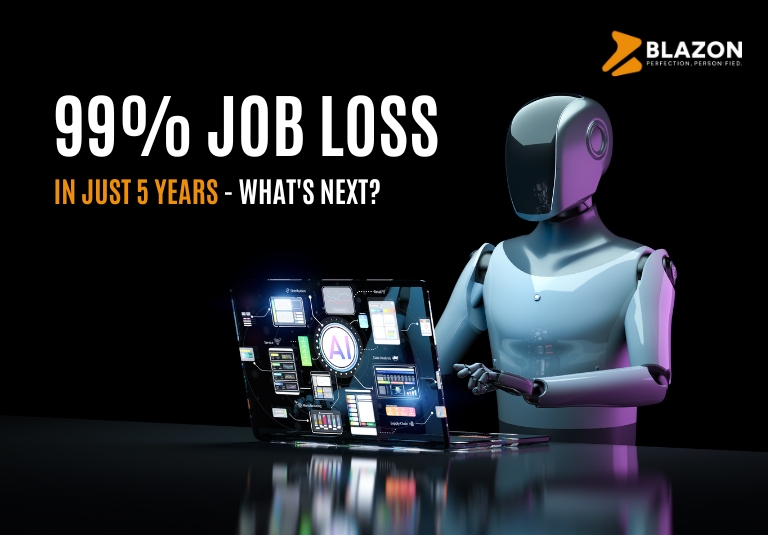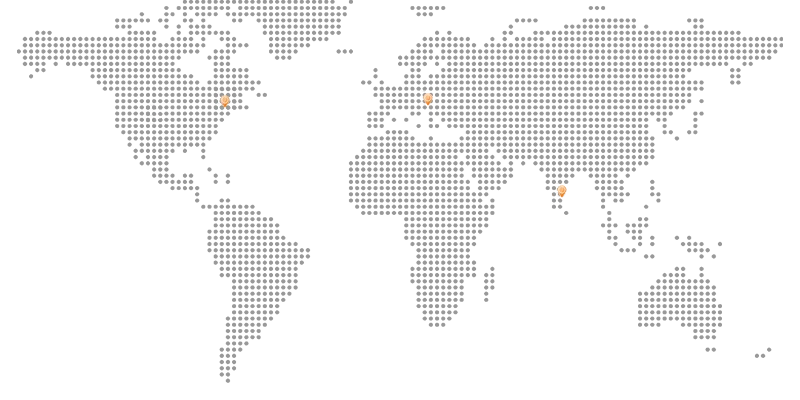In a world where technology is moving faster than ever, the idea of robots and AI taking over almost all of our jobs doesn’t sound so far-fetched anymore. Roman Yampolskiy, A renowned Professor of Computer Science and AI safety & security researcher, has predicted that by 2030, 99% of jobs could be lost to automation, and human robots might be doing almost all the work. This has a lot of people worried about what the future holds, not just for jobs but for the economy, society, and our sense of purpose as human beings.
Human Robots: The Future of Work
When we think of robots, we often picture machines doing physical labor or helping in factories. But the future Yampolskiy describes isn’t just about machines lifting heavy objects. It’s about human robots—machines that look and think like people, capable of performing a wide range of tasks that were once reserved for humans. These robots will be equipped with artificial intelligence (AI) that allows them to analyze data, make decisions, and interact with people in ways that feel human.
By 2030, these robots won’t just take over manual jobs. They’ll replace doctors, lawyers, financial advisors, and even teachers. Human robots will be able to analyze medical images, give legal advice, process financial transactions, and even teach classes—faster and more accurately than any human. The jobs most of us rely on today might become a thing of the past.
What Happens When 99% of Jobs Are Gone?
The idea that 99% of jobs could be wiped out in the next five years is pretty alarming. But what does that actually mean for the economy and our day-to-day lives?
First of all, if most of us don’t have jobs, we’re not going to be able to spend money. Businesses rely on consumers to buy products and services. If people have no jobs, there’s a good chance that businesses will see a drop in demand, which could send the economy into a tailspin. MNCs (multinational companies), who are often the first to adopt these technologies, might save money on labor, but they’ll also be dealing with a lot of empty pockets when it comes to their customer base.
On top of that, income inequality could become a huge problem. The people who own the AI and robot technology might get even wealthier, while the rest of the population struggles to find a way to make ends meet. This could create a divide between the tech elites and everyone else, leaving many feeling left behind.
What Does This Mean for People?
The human impact of such drastic job loss is even more serious than the financial implications. Work has always been more than just a way to earn money, it’s also been a way for people to feel a sense of purpose and community. Many people find fulfillment and identity in their work. But if human robots are doing everything, what happens to us?
Without jobs, people might struggle to find their place in society. There could be a rise in mental health issues like anxiety and depression, as people lose not only their income but also their sense of purpose. If there’s no work to do, how do we define ourselves? It’s a big question that will need thoughtful answers as we move into a future with fewer jobs for humans.
What’s the Solution?
While the future Yampolskiy describes is worrying, it’s not all doom and gloom. There are several potential solutions that could help us adapt to a world where robots do most of the work.
1. Universal Basic Income (UBI)
One solution that’s being talked about more and more is Universal Basic Income (UBI). This idea is simple: everyone, regardless of whether they’re working, would receive a guaranteed income from the government. With UBI, people could still support themselves even if robots took over their jobs. UBI would also give people the freedom to pursue other passions—whether that’s creativity, learning new skills, or volunteering—without worrying about how to pay their bills.
2. Reskilling for the Future
Another key solution is reskilling. As robots take over certain tasks, there will still be jobs that require a human touch, such as roles in AI development, robot maintenance, and other tech-related fields. People will need to learn new skills to keep up with these changes, and governments and companies will need to invest in making these retraining programs accessible to everyone. If we can focus on lifelong learning, we can help workers transition to new, tech-driven roles that AI can’t easily replace.
3. Redefining What It Means to Be Human
If robots take care of the hard, repetitive tasks, then maybe it’s time for us to rethink what work really means. Maybe work shouldn’t be the central part of our lives. People could contribute to society in new ways—by focusing on creativity, community building, and personal growth. With less emphasis on traditional jobs, we could see a rise in volunteerism, art, and cultural projects that improve society and allow people to explore their passions.
4. Ethical AI Development
As human robots become more integrated into society, it’s important to make sure that AI development is ethical and benefits everyone. We need to ensure that AI and automation are used to serve humanity, not just to make profits for a few tech giants. There will need to be laws and regulations in place to protect workers, maintain human rights, and ensure that everyone has the opportunity to adapt to this new world.
Conclusion: Embracing the Change
While the idea of 99% of jobs being lost to AI and human robots in the next five years may sound frightening, it’s a challenge that we can face if we start preparing now. The future of work is changing, and that change is inevitable. The key to navigating it will be adaptability—both for workers and society as a whole. Whether it’s through UBI, reskilling, or finding new ways to define human purpose, there are solutions that can ensure a future where we all thrive, even in a world where robots are doing most of the work.
Rather than fearing the rise of human robots, we should embrace the idea that AI and automation can work alongside us, helping to create a future where technology enhances our lives in ways we’ve never imagined before. The question is not if we can survive this change, but how we choose to shape it.


